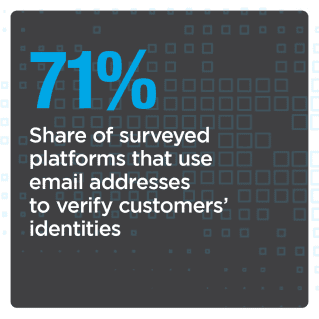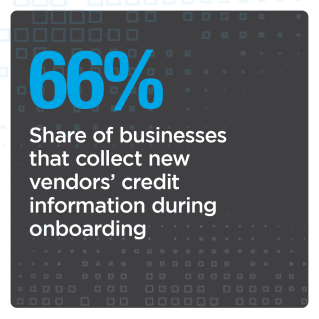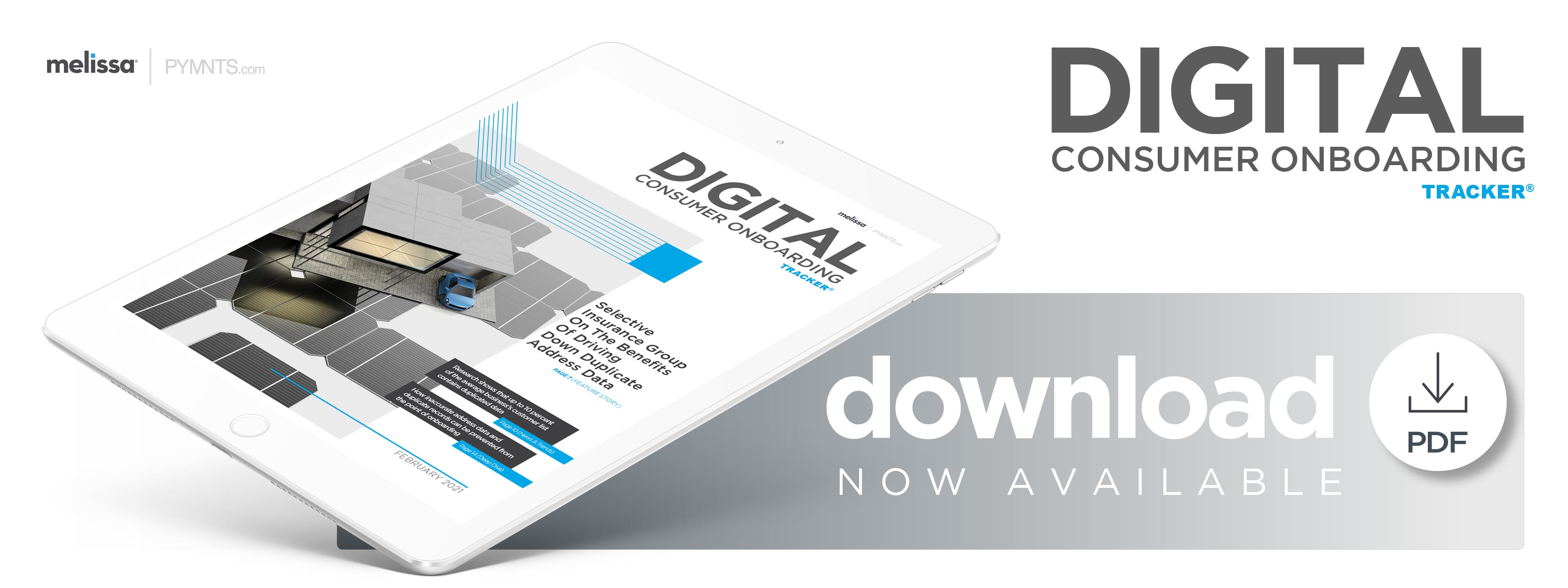Digital Onboarding Solves Insurance Providers’ Duplicate Data Problem

Many companies are willing to admit that they have a problem when it comes maintaining their customer databases. One study found that 50% of businesses said the quality of their data is between “neutral” and “very poor,” leading to losses of 10% or more in annual revenues.
Inaccurate customer addresses and other data can result in failed deliveries, inefficient operations and unhappy customers. This means that the firms that get these details right and eliminate duplicate data have a lot to gain, including boosts in revenues, improved customer satisfaction, time savings, cost savings and improved returns on investment.
The February “Digital Consumer Onboarding Tracker®” explores how the failure to maintain accurate address data can frustrate customers and cost companies income. It also examines how tools like address autofill functions and biometric solutions can help them eliminate these issues right from the point of onboarding.
Developments From the Digital Consumer Onboarding Space
Bad address data collected during onboarding can be a big issue for businesses, as firms rely on these details to send products to customers and tailor their marketing efforts. This means inaccurate details can wind up having significant impacts on businesses’ customer retention and bottom lines, Bud Walker, chief strategy officer at address and identity verification solutions provider Melissa, said in an interview with PYMNTS. He explained that bad address data costs firms billions each year, and that up to 10% of the average business’s customer list contains duplicate data. Walker noted that there are ways to remedy these issues, however, highlighting tools like geolocation data and telephone number tracking as potential solutions.
Emerging technologies can also solve some of the problems posed by duplicate data, with artificial intelligence (AI) showing particular promise in this regard. AI tools are often used for data management and quality control, meaning they are well-suited for eliminating duplicate records. The technology can help firms analyze vast amounts of customer information to verify address data and spot and rectify misspellings and other errors. Additional input from human analysts can make AI tools even more effective at identifying these issues.
Financial services firms are working to ensure that the data they have is accurate by streamlining their onboarding processes, and some are turning to biometric technologies to do so. Many companies are now offering two-step onboarding processes that ask customers to upload selfies and government identification, then leverage facial recognition software to match them.
For more on these stories and other onboarding news items, download this month’s Tracker.
Selective Insurance On Tackling Duplication and Maintaining Accurate Customer Databases
Many companies are aware that they have inaccurate address data, but these firms must turn their awareness into action to remedy the issue. Leveraging tools like automatic data prefill can help them streamline their onboarding processes and eliminate data duplication, for example.
 In this month’s Feature Story, James McKeown, vice president of customer experience and mobility at Selective Insurance Group, discussed how the company uses various tools and technologies to collect accurate customer data and scrub any incorrect details from its databases.
In this month’s Feature Story, James McKeown, vice president of customer experience and mobility at Selective Insurance Group, discussed how the company uses various tools and technologies to collect accurate customer data and scrub any incorrect details from its databases.
Deep Dive: How Having Accurate Customer Data Improves Customer Service, Profits
One particular fix can help companies save substantial amounts of cash and improve their images: addressing bad address information in their databases. Maintaining healthy databases can also enable them to cut down on duplicate information, thus ensuring that outreach efforts and products hit their intended recipients.
This month’s Deep Dive explores how address accuracy can avoid the pitfalls of customer frustration and save companies money.
About the Tracker
The “Digital Consumer Onboarding Tracker®,” a collaboration with Melissa, offers coverage of the most recent news and trends in the onboarding ecosystem.


